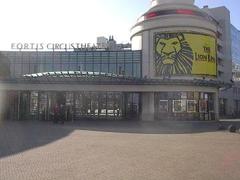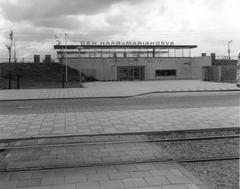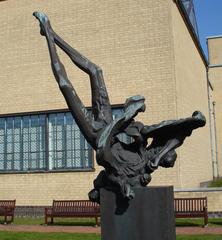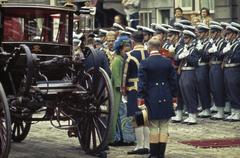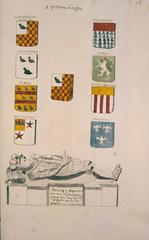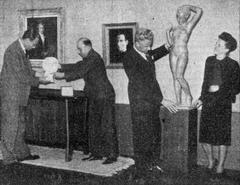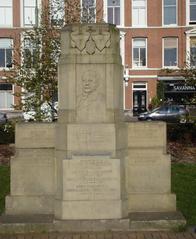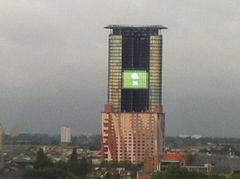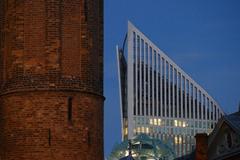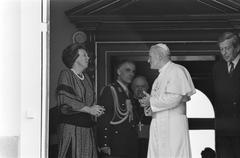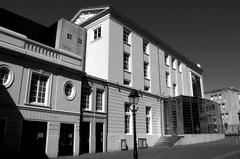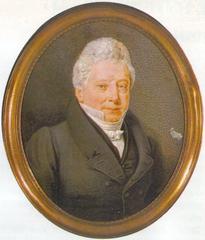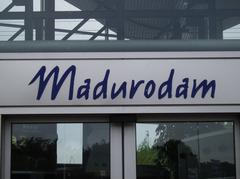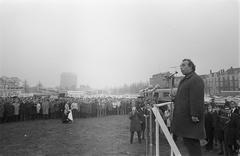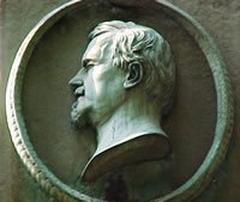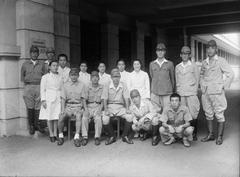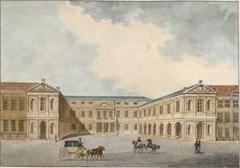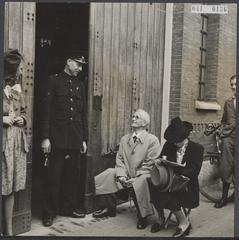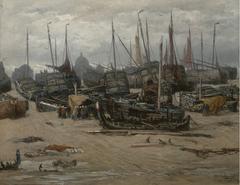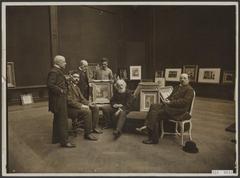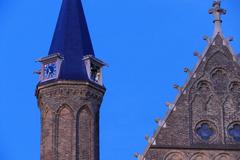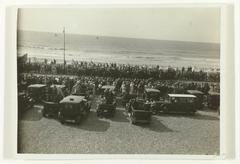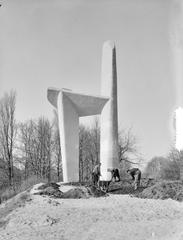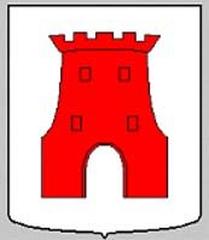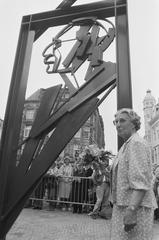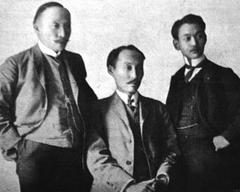
Old City Hall The Hague: Visiting Hours, Tickets, and Historical Significance
Date: 04/07/2025
Introduction
Situated at the heart of The Hague’s historic city center, the Old City Hall (Oude Stadhuis) is one of the most iconic monuments in the Netherlands. Its striking Renaissance façade, rich history, and ongoing role in civic life make it an essential destination for visitors interested in Dutch culture, politics, and architecture. This guide provides a comprehensive overview of the Old City Hall’s origins, architectural features, cultural and political significance, practical visitor information, and tips for making the most of your visit (Fodor’s, denhaag.com).
Table of Contents
- Medieval Origins and Early Development
- Architectural Evolution and Artistic Heritage
- The Old City Hall in Political and Civic Life
- Visiting Hours and Admission
- Accessibility and Guided Tours
- Nearby Attractions and Travel Tips
- Old City Hall as a Cultural Hub
- Sustainability and Responsible Tourism
- Frequently Asked Questions (FAQ)
- Conclusion
Medieval Origins and Early Development
The Hague traces its beginnings to the late 13th century, when the Count of Holland established a hunting retreat in the area known as Die Haghe. As the settlement grew, the need for a formal seat of municipal government led to the construction of the earliest parts of the Old City Hall. Its location on the Dagelijkse Groenmarkt placed it at the center of civic life, symbolizing the city’s administrative and social ambitions (Fodor’s).
The initial Gothic elements—such as pointed arches and stained glass—reflect medieval design traditions and the city’s aspiration for permanence. Over the centuries, the building was expanded and renovated to accommodate The Hague’s growing administrative needs (Evendo).
Architectural Evolution and Artistic Heritage
Renaissance and Baroque Transformations
The most significant transformation occurred in 1565, when the Old City Hall was rebuilt in the Dutch Renaissance style. The symmetrical façade, gabled rooflines, and use of natural stone exemplify Renaissance ideals, while later Baroque additions—especially the Louis XIV-style wing by Daniël Marot in 1733—reflect the evolving tastes and status of The Hague (Wikipedia, denhaag.com).
Façade Ornamentation and Symbolism
The façade is adorned with allegorical statues representing virtues like Faith, Hope, Love, Strength, and Justice, created by Jan Baptist Xavery. Heraldic shields and symbolic motifs narrate the city’s history and values, emphasizing the building’s civic purpose (denhaag.com).
Interior Highlights
Inside, the council chambers, courtrooms, and ceremonial halls showcase wood paneling, decorative ceilings, and stained glass. The picture gallery displays portraits of notable figures from The Hague’s past. These spaces are still used for official ceremonies, including city weddings and royal registrations (denhaag.com).
Restoration and Preservation
Major restorations in the 18th and 20th centuries have maintained the Old City Hall’s historical character. Structural repairs, restoration of decorative elements, and the removal of non-historic additions have preserved its architectural integrity (denhaag.com).
The Old City Hall in Political and Civic Life
Center of Governance
For centuries, the Old City Hall was the seat of The Hague’s municipal government, hosting council meetings, civic ceremonies, and judicial proceedings. Its architecture and public spaces were designed to project openness and transparency, reflecting The Hague’s tradition of accessible governance (denhaag.nl).
The Hague as an International City
The Old City Hall’s significance is heightened by The Hague’s status as the administrative heart of the Netherlands and the “International City of Peace and Justice.” The city is home to the Dutch royal family, national parliament, and international organizations such as the International Court of Justice. The Old City Hall symbolizes The Hague’s evolution from a medieval village to a center of Dutch and global governance (storiesofpurpose.thehague.com).
Civic Identity and Multiculturalism
The building also serves as a focal point for civic celebrations, public debates, and multicultural events, reflecting the city’s diverse community and long-standing tradition of openness (explorecity.life).
Visiting Hours and Admission
Old City Hall is primarily a ceremonial building and does not offer regular public interior access. The exterior, however, is freely accessible and can be admired at any time. Occasionally, open days and special events allow the public to visit the interior; these are announced via the official Den Haag tourism website.
- General Hours: Exterior accessible at all times. Interior access limited to open days and official events.
- Admission: Free to view the exterior. Special exhibitions or guided tours may require tickets; check in advance for details (denhaag.com).
Accessibility and Guided Tours
Accessibility
The area around the Old City Hall is mostly flat and pedestrian-friendly, though some cobblestone streets may be uneven. Ramps and elevators are available where possible, but certain historic areas may have limited access. Contact tour providers or the visitor center for detailed accessibility information (Guided Tour Holland).
Guided Tours
The Old City Hall is a highlight of many guided walking tours of The Hague’s historic center. Tours offer expert insights into the building’s history, architecture, and civic role.
- Private and Group Tours: Offered by local operators such as Guided Tour Holland and Tour The Hague.
- Languages: Tours are typically available in Dutch and English.
- Booking: Recommended in advance, especially for groups or accessible tours.
Nearby Attractions and Travel Tips
Key Nearby Sites
- Binnenhof: The historical seat of Dutch parliament, just a 5-minute walk away.
- Mauritshuis Museum: Houses masterpieces like Vermeer’s “Girl with a Pearl Earring.”
- Grote Kerk: The medieval church adjacent to the Old City Hall.
- Peace Palace: International Court of Justice, a short tram ride away (Earth Trekkers).
Travel Tips
- Getting There: From The Hague Centraal, it’s a 10-minute walk or a short tram ride to “Grote Markt” or “Spui.”
- Dining: The surrounding area offers a wide range of cafés and restaurants.
- Photography: Best light is in the morning or late afternoon; the square offers excellent views of the façade.
- Safety: The area is safe and well-patrolled. Be mindful of official ceremonies or weddings and avoid blocking entrances.
Old City Hall as a Cultural Hub
The Old City Hall remains a focal point for cultural events, exhibitions, and official ceremonies. Dagelijkse Groenmarkt square is lively throughout the year, with markets, performances, and festivals that highlight The Hague’s multicultural identity (Evendo).
Sustainability and Responsible Tourism
Visitors are encouraged to respect the historic site by not littering and by supporting local businesses. Many surrounding cafés and shops participate in sustainability initiatives, such as reducing plastic use and sourcing locally.
Frequently Asked Questions (FAQ)
Can I enter the Old City Hall?
Regular public access to the interior is limited. Entry is possible during special open days or events; check the Den Haag tourism website for updates.
What are the visiting hours?
The exterior is accessible at all times. Interior visits depend on official events or open days.
Are tickets required?
No tickets are needed to view the exterior. Ticketing may apply for special tours or exhibitions.
Are guided tours available?
Yes, many walking tours include the Old City Hall as a highlight. Private and group tours can be arranged via local operators.
Is the area accessible for wheelchairs?
The area is generally accessible, though cobblestones may pose challenges. Contact tour providers for accessible route information.
Conclusion
The Old City Hall of The Hague is a testament to centuries of civic pride, political evolution, and architectural achievement. Even though interior access is limited, its magnificent exterior, symbolic ornamentation, and central role in the city’s story make it a must-see landmark. Plan your visit by checking open days, consider joining a guided tour, and explore the vibrant surroundings for a rich experience of The Hague’s heritage.
For the most current information on events and guided tours, visit the official Den Haag tourism website. Download the Audiala app for interactive itineraries and real-time updates, and follow us on social media for the latest tips and news.
References
- Fodor’s
- Evendo
- denhaag.com
- denhaag.nl
- explorecity.life
- Earth Trekkers
- Guided Tour Holland
- Tour The Hague
- Wikipedia
- storiesofpurpose.thehague.com
- citymayors.com
- oranatravel.com











